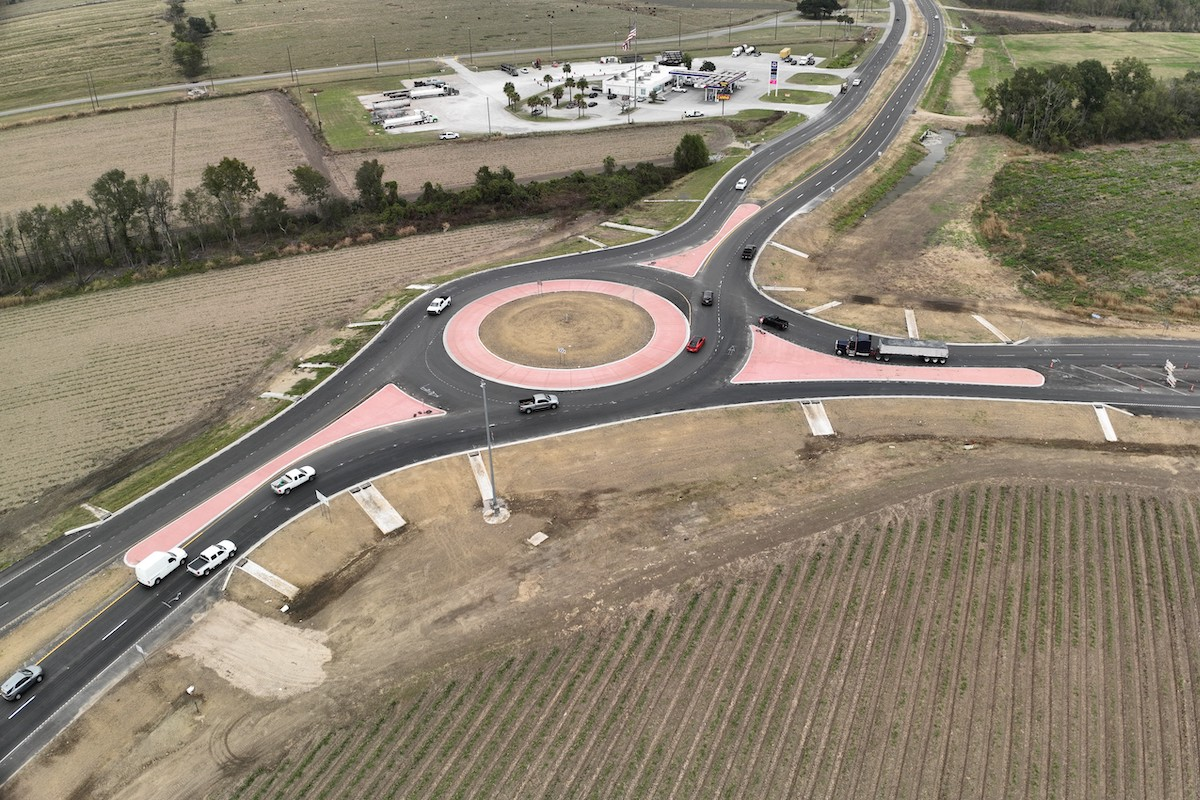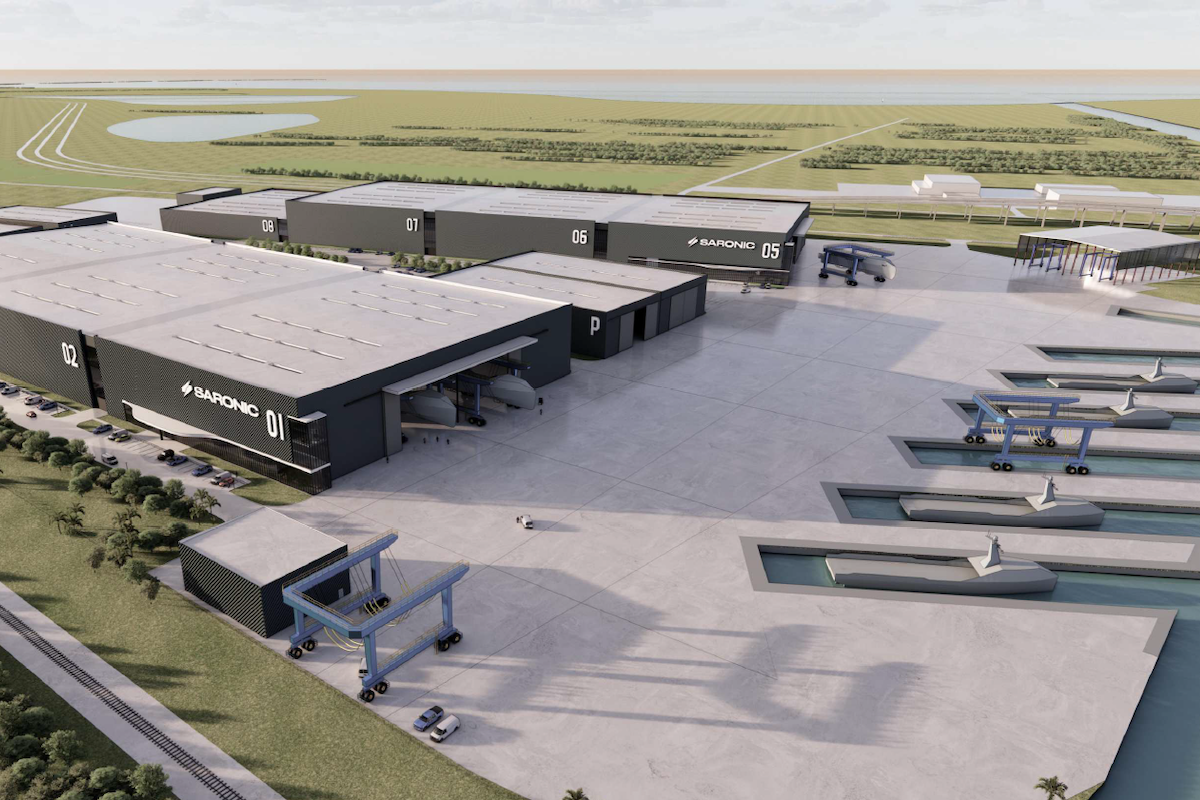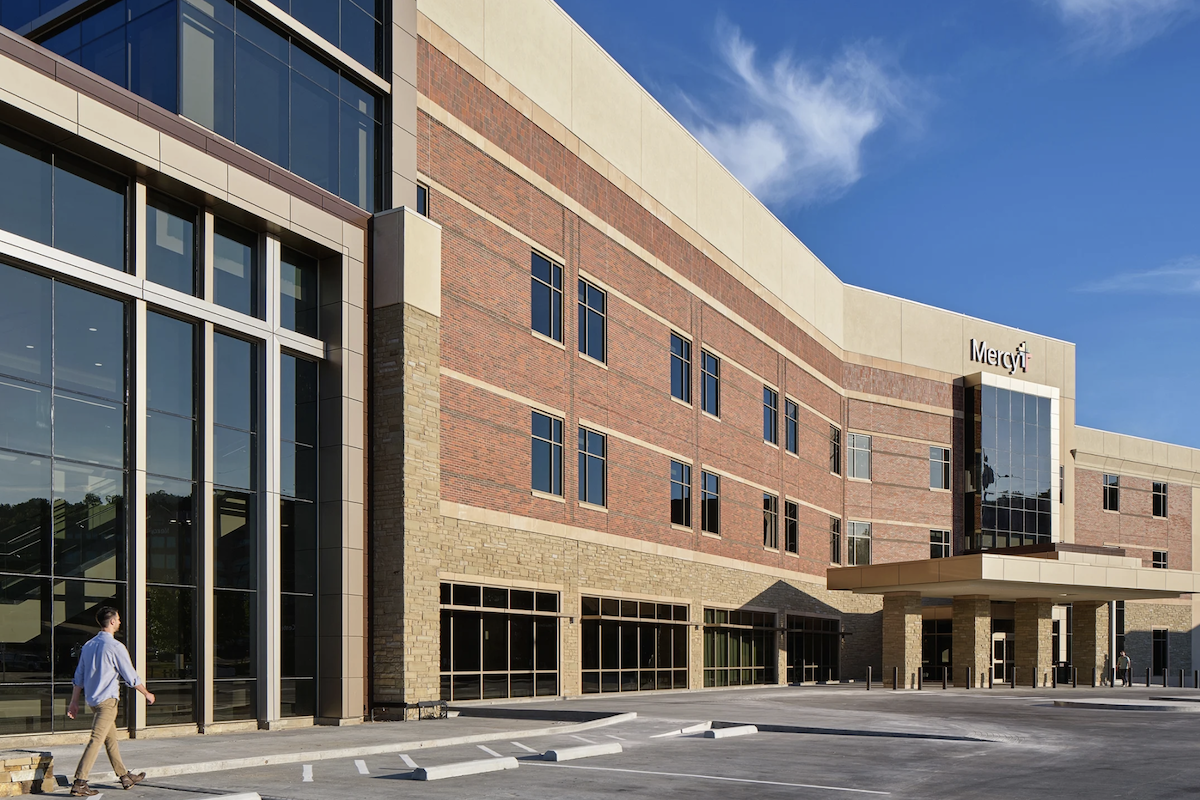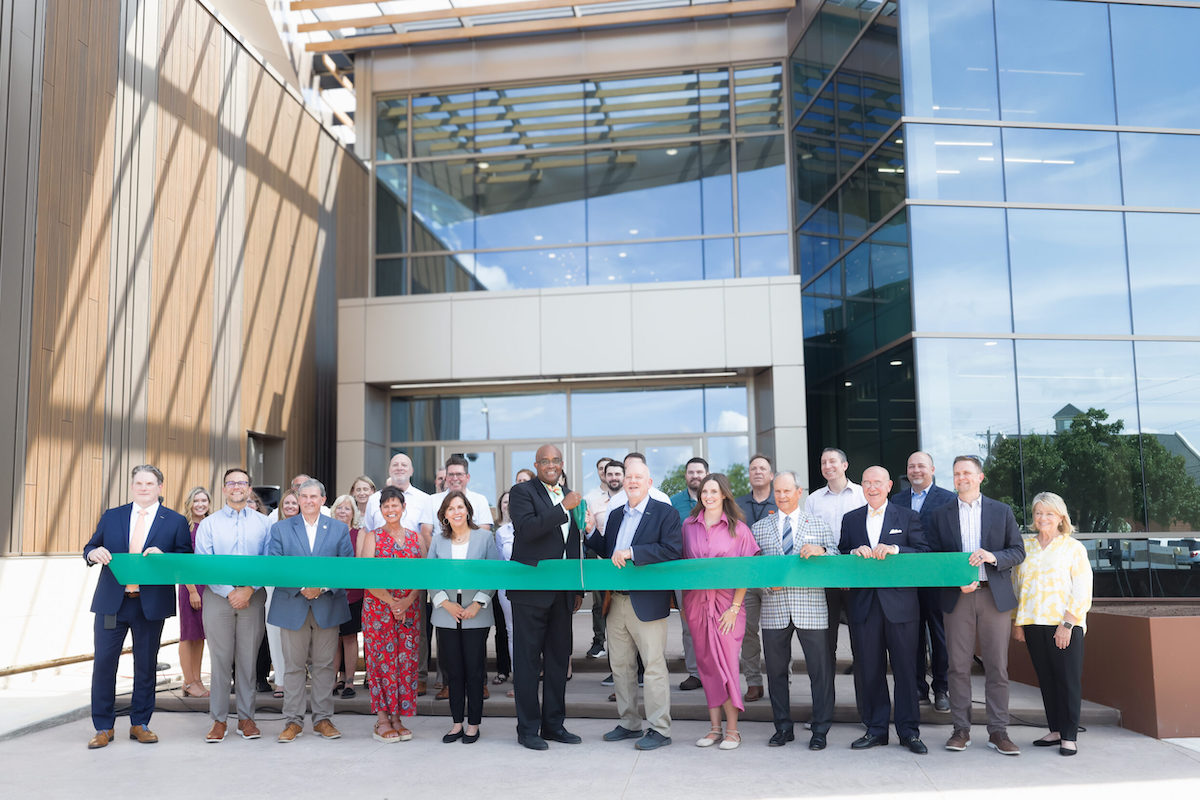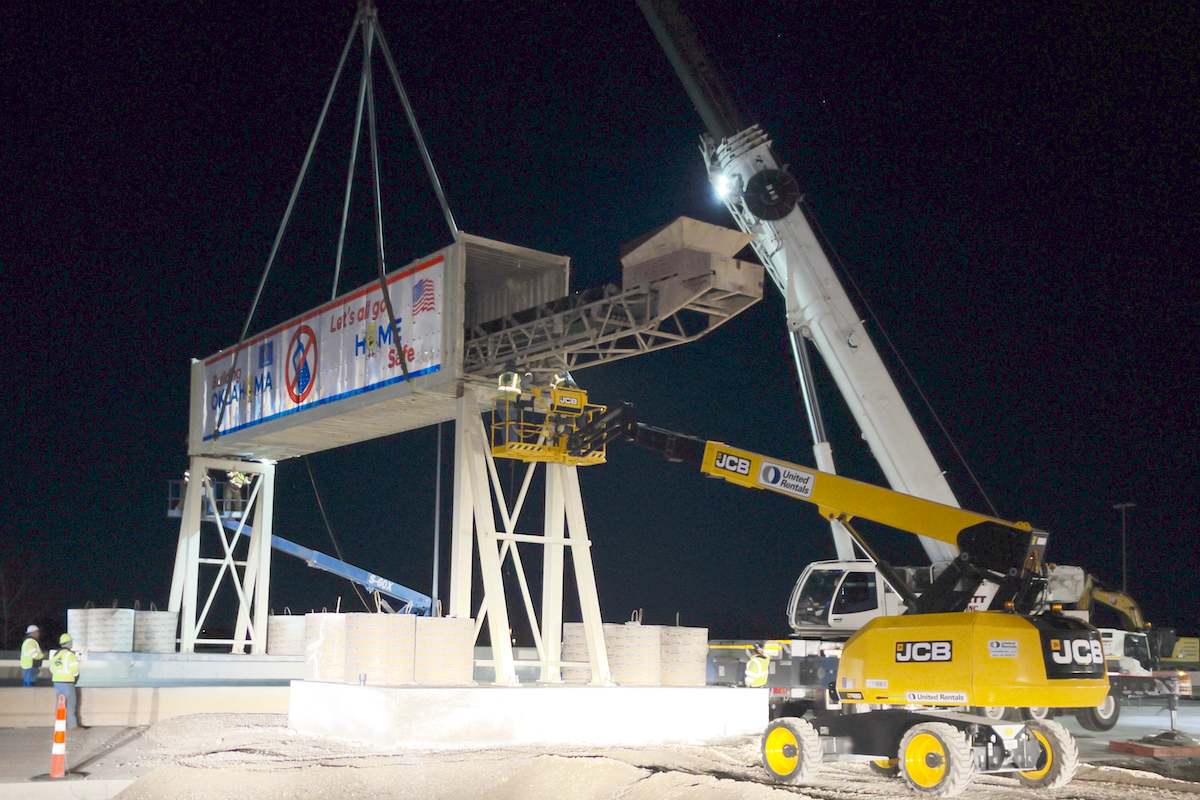The lithium extraction plant selectively extracts lithium ions from tail brine that is a by-product of existing bromine production facilities that is obtained from deep drilling wells, and processes into battery-grade lithium carbonate (LCE). The Standard Lithium and LANXESS plant represents the new, innovative process to extract high-purity lithium and reduce the production time from over a year to days.
Globally, when compared to the conventional methods for recovering lithium the system provides many benefits. The environmentally friendly LiSTR (Lithium Stirred Tank Reactor) efficiently captures more than 90 percent of the lithium in a matter of hours, not as long as a year from evaporation ponds, thus reducing recovery time. The next-generation crystallization process improves final product purity with AI technology to process the raw lithium material into commercial-grade lithium carbonate crystals.
“HGA is proud to play an important role in the innovation of the Lithium Stirred Tank Reactor pilot plant,” said Sam Costanza, Vice President of Engineering. “As the demand for battery-grade lithium is projected to grow, the Standard Lithium’s pilot plant is a step toward efficiently producing lithium in a more sustainable approach.”
The pilot plant is one of four lithium from brine facilities of its kind in the U.S. The plant can extract and process over 20,900 tonnes of battery-grade LCE annually from LANXESS’s 150,000-acre brine field in South Arkansas. Standard Lithium and HGA successfully commissioned the LiSTR System in late May 2020, and it is now operating on a 24/7 basis. Standard Lithium and HGA commenced with commissioning efforts on the Industrial-Scale Battery-Quality Lithium Carbonate Crystallization System in mid-June 2020.

| Your local Hitachi dealer |
|---|
| ASCO Equipment |
| CLM Equipment Co |
The 2021 ACEC Engineering Excellence Awards celebrated the year’s engineering achievements. Of the 173 entries, 20 of these are named Honor Award winners, and 16 are named Grand Award Winners. The ACEC competition is based on such elements as innovation, new applications of technology, enhanced public awareness, and future value to the engineering profession.














